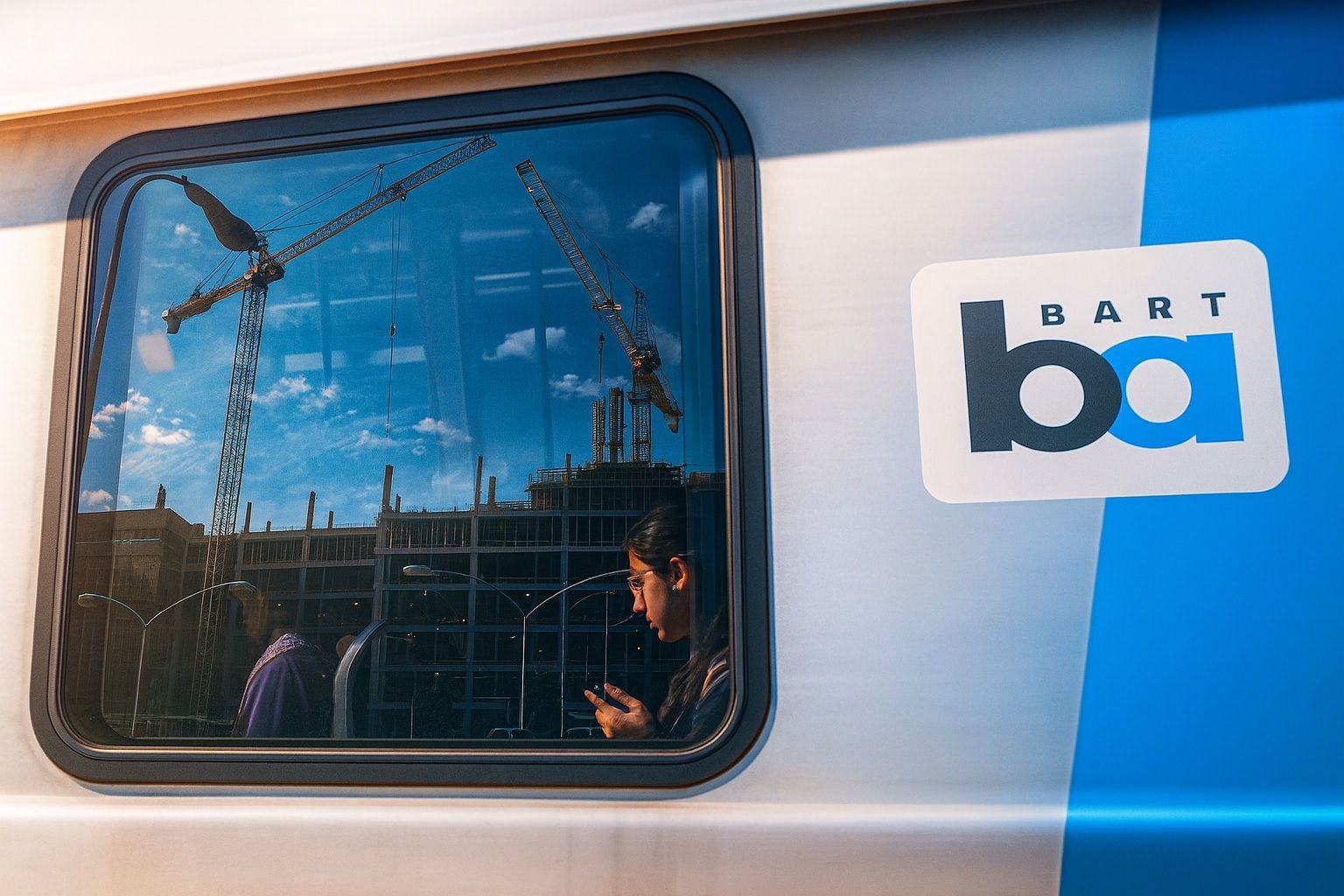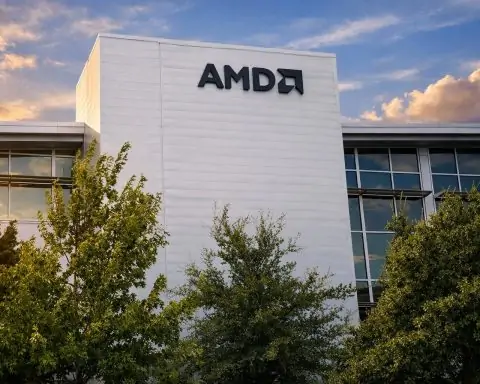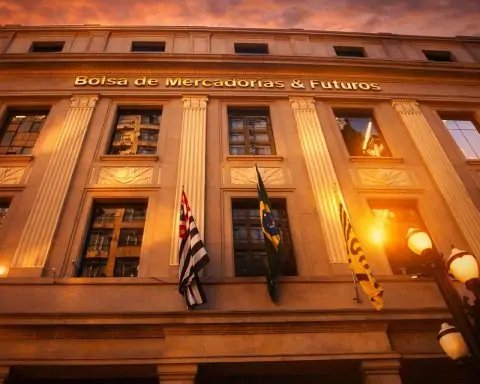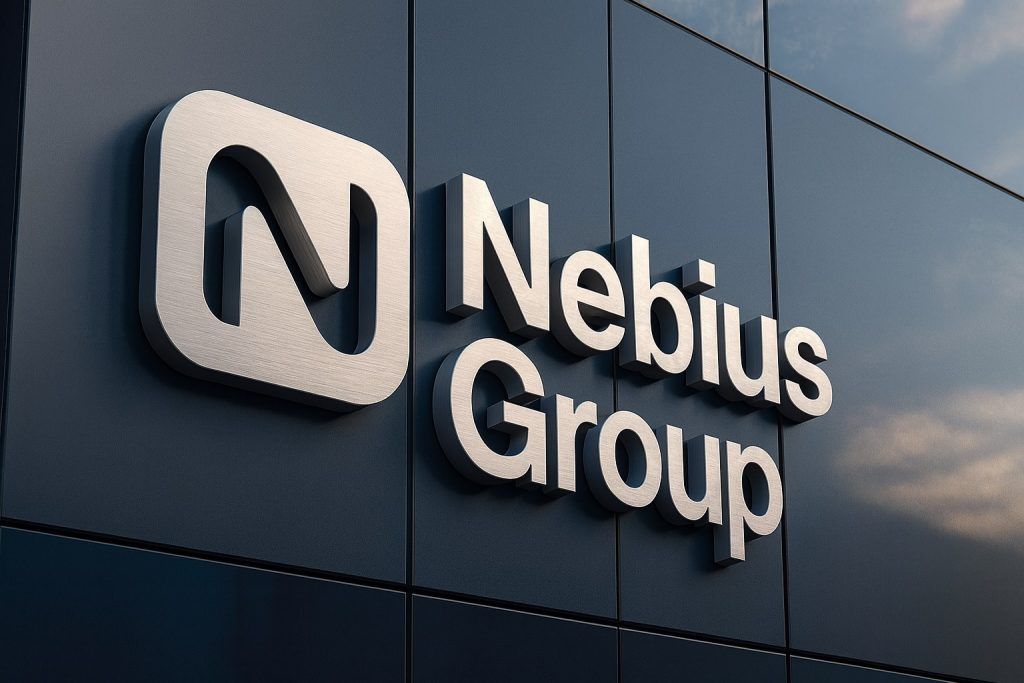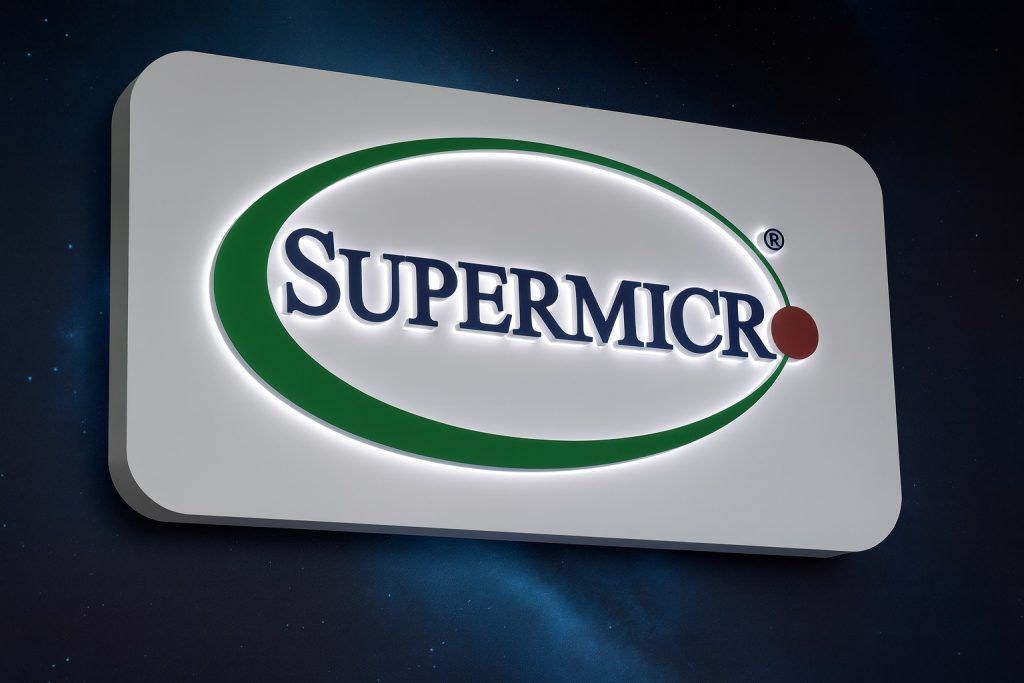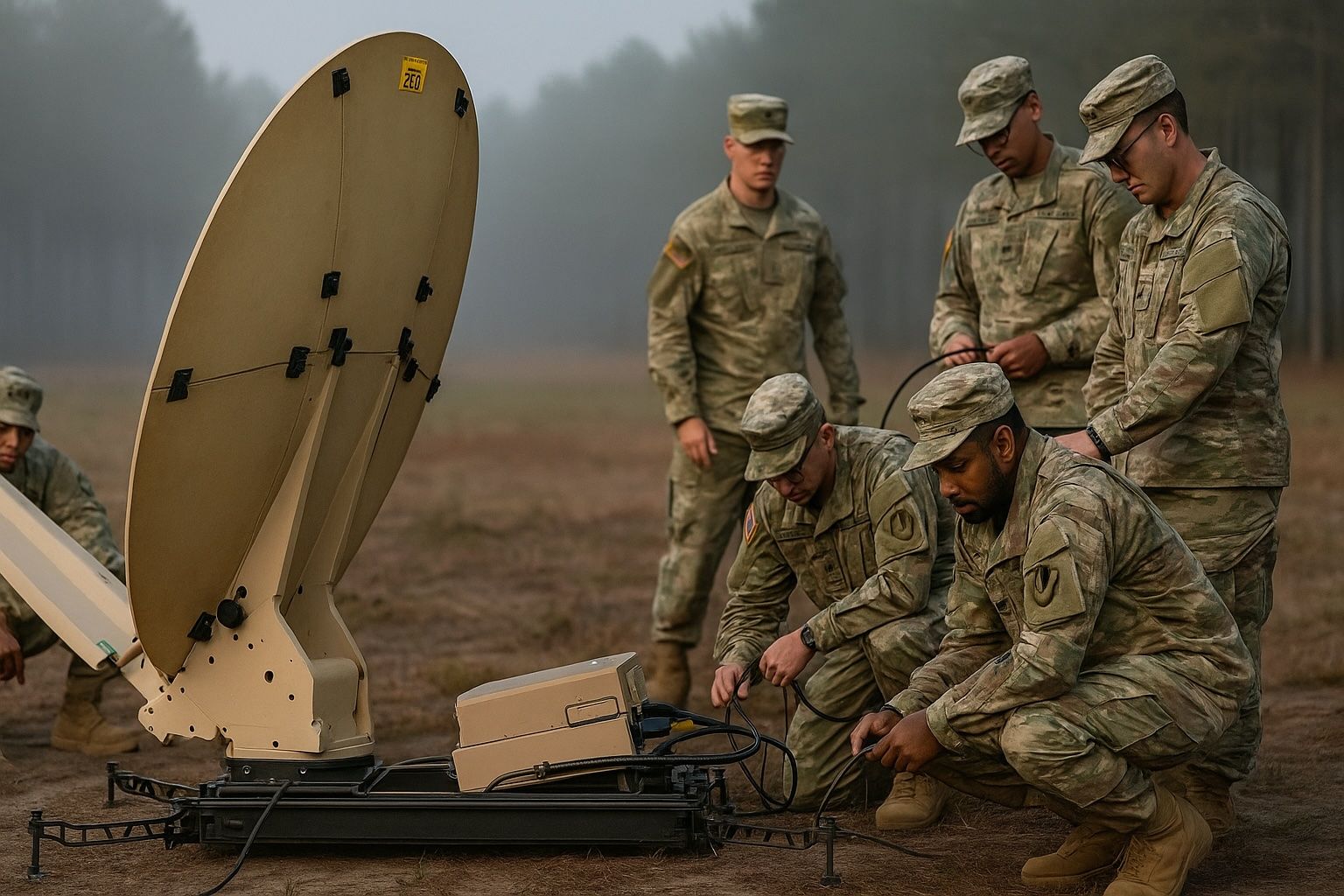- Major Delay: Monday Oct. 20, 2025, BART announced a “major delay” in the Transbay Tube after an equipment fault near Embarcadero Station [1]. Trains were reduced to single-track service, snarling the San Francisco–East Bay line.
- Lines Suspended: As of 6:30 a.m., there was no Red Line or Green Line service [2] [3]. Riders to Millbrae or San Francisco had to use long detours (shuttle trains via SFO or transferring at MacArthur) per agency advisories [4].
- No End in Sight: BART said it could not yet estimate when full service will resume [5]. Officials simply confirmed crews were “single tracking through the Transbay Tube” while inspecting the damage [6].
- Wider Impact: The outage compounded a series of recent failures. Last week a Red Line power issue snarled commutes [7], and a system-wide computer glitch in September left thousands stranded [8]. City traffic quickly backed up as drivers ditched transit [9].
- Tech & Transit Outlook: Industry analysts point to a pivot toward smart solutions. For example, shares of AI-traffic company Rekor Systems rocketed ~73% recently (trading ~$3.20) amid new contracts and expectations of all-time-high revenue [10] [11]. Experts note that global investments in AI-based traffic and city-management platforms are surging (forecast ~$39.5 billion by 2030 [12]). Long-term plans even include eVTOL air taxis: Archer, Joby and others are laying groundwork for air-taxi networks in the Bay Area by the mid-2020s [13].
- Transit Funding Crisis: Observers warn BART’s problems are systemic. The agency faces a multi-billion-dollar shortfall — as much as $1 billion this year and $3.7 billion over five years for Bay Area transit overall [14] [15]. Without a new tax measure, BART has warned it might cancel lines or cut hours [16] [17].
Bay Area commuters faced chaotic commutes Monday morning after BART’s automated systems reported an equipment failure in the underwater Transbay Tube. According to BART alerts, “an equipment problem on the track near Embarcadero” forced all trains to run on one track, triggering “major delays systemwide” [18]. By 6:30 a.m. the entire Red Line (Richmond–Millbrae) and Green Line (Daly City–Berryessa) were suspended [19] [20]. Riders bound for Millbrae were told to take a shuttle train via SFO and transfer to the Yellow Line, while Richmond-East Bay travelers had to ride to MacArthur and switch to the Orange Line [21].
“We are currently single tracking through the Transbay Tube,” BART confirmed on social media just before 6:30 a.m. [22]. BART spokespeople had no timetable for restoring full service. Meanwhile, stranded commuters flooded social media. Many scrambled to catch AC Transit Transbay buses, charter ferries, or carpool, as city and freeway traffic quickly worsened. KQED reported that after a similar Sept. 5 shutdown, “traffic backed up quickly on Bay Area freeways as more people opted to drive” into San Francisco [23]. Muni buses already faced delays as operators struggled to get into the city [24]. On Monday the Bay Bridge and other routes again saw unusual congestion as drivers avoided the halted BART line.
This latest outage is the latest failure in weeks. On Oct. 15 a power malfunction forced BART to suspend the Red Line for most of the morning [25]. In September a computer upgrade glitch shut down the entire BART system for hours (service only returned by midday [26]). Bay City News Service (SFGate/NBC) noted that Monday’s incident came only 16 days after crews replaced Transbay rail ties over a weekend – suggesting potential quality or integration issues. In August, a blown track insulator in the tube also caused delays [27].
Experts say the repeated disruptions highlight underlying strains. Rachel Swan of the Chronicle points out that BART has cited old emergency federal funds, soon to expire, and now faces a $400 million annual gap unless voters approve a new regional transit tax [28]. KQED analysis adds that Bay Area transit operators together confront a $3.7 billion deficit over five years, much from BART and Muni [29]. “If [BART] can’t patch the budget hole,” a KQED source warned, “it might have to cancel two of its five lines, shorten service hours or run less frequent trains” [30]. The backdrop: ridership is slowly rebounding (BART saw ~10% more riders in Sept. 2025 vs. 2024 [31]), but many doubt that alone can bridge the funding gap.
With local officials scrambling for fixes, market watchers point to broader solutions. Investors are plowing into high-tech traffic management. Rekor Systems – whose AI cameras and analytics monitor road traffic – has become a bellwether. Its stock nearly doubled in October, closing around $3.20 on Friday after an October 17 surge [32]. Rekor’s CFO bragged that “our Q3 performance was strong,” driven by booming data-as-a-service sales [33]. Analysts have raised price targets (e.g. to $2.50 [34]) and models see a fair value near $4 if growth continues. Such optimism rests on a global smart-city boom: the AI-driven traffic and infrastructure market is forecast to swell from $24.5 billion in 2025 to nearly $39.5 billion by 2030 [35]. As one TS2 report explains, governments worldwide are investing heavily in data-powered traffic systems and public safety tech [36].
Meanwhile, futurists tout alternatives like air taxis to relieve Bay Area traffic altogether. California is at the forefront: Archer Aviation, Joby Aviation and others are actively building eVTOL (flying taxi) networks around San Francisco and Silicon Valley [37]. Though FAA passenger certification likely comes around 2026, several U.S. cities – including San Francisco – are already preparing vertiports and routes. TS2’s analysis notes that “major urban hubs like…San Francisco have developed strategies and are investing in vertiports,” while Joby and Archer aim to start demonstration services soon [38]. In short, high-tech solutions from AI traffic cameras to flying taxis are moving closer to reality as Bay Area commuters endure traditional system breakdowns.
What’s next? BART crews will work through the day to clear the track and inspect safety systems. Officials say single-tracking may continue until the root cause is fixed, which could be hours more. For now, riders are urged to check bart.gov and X (Twitter) for live alerts. Transit experts advise using alternate routes: AC Transit added transbay buses, Caltrain and VTA can be viable backups, and ferries are honoring BART tickets. In the medium term, Bay Area planners face tough choices: bolstering rail maintenance and emergency upgrades versus accelerating funding measures, all while eyeing tech innovations to keep people moving.
Sources: Bay City News (NBC/SFGate) and local TV reports [39] [40] on Monday’s BART delays; SF Chronicle coverage of recent outages [41] [42]; TS2.tech analysis on smart-traffic and investment trends [43] [44]; KQED reporting on commuter impacts [45] [46]; BART official alerts.
References
1. www.sfgate.com, 2. www.cbsnews.com, 3. www.ktvu.com, 4. www.ktvu.com, 5. www.cbsnews.com, 6. www.sfchronicle.com, 7. www.sfchronicle.com, 8. www.kqed.org, 9. www.kqed.org, 10. ts2.tech, 11. ts2.tech, 12. ts2.tech, 13. ts2.tech, 14. www.kqed.org, 15. www.kqed.org, 16. www.kqed.org, 17. www.sfchronicle.com, 18. www.cbsnews.com, 19. www.cbsnews.com, 20. www.ktvu.com, 21. www.ktvu.com, 22. www.sfchronicle.com, 23. www.kqed.org, 24. www.kqed.org, 25. www.sfchronicle.com, 26. www.kqed.org, 27. www.sfchronicle.com, 28. www.sfchronicle.com, 29. www.kqed.org, 30. www.kqed.org, 31. www.sfchronicle.com, 32. ts2.tech, 33. ts2.tech, 34. ts2.tech, 35. ts2.tech, 36. ts2.tech, 37. ts2.tech, 38. ts2.tech, 39. www.sfgate.com, 40. www.ktvu.com, 41. www.sfchronicle.com, 42. www.sfchronicle.com, 43. ts2.tech, 44. ts2.tech, 45. www.kqed.org, 46. www.kqed.org
